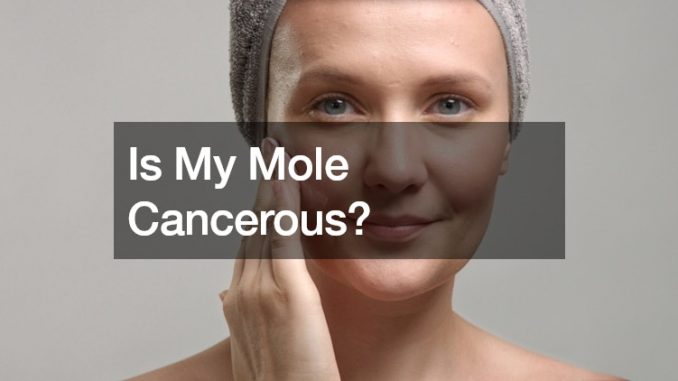

Moles are a common skin growth that most people have. Generally, they are harmless and can appear anywhere on the body. However, some moles can change over time and become cancerous. This raises an important question: how can you tell if your mole is cancerous? Understanding the characteristics of moles and the warning signs of melanoma, the most serious type of skin cancer, can help you determine when to seek medical advice from a dermatologist in Anthem, AZ.
Understanding Moles
Moles, or nevi, are clusters of pigment-producing cells called melanocytes. They often appear as small, dark brown spots and can be flat or raised. Most moles develop during childhood and adolescence, but new moles can appear in adulthood. While the majority of moles are benign, changes in size, shape, or color can sometimes indicate skin cancer.
ABCDEs of Melanoma
Dermatologists use the ABCDE rule to identify moles that may be cancerous. This rule can help you monitor your moles and spot any concerning changes.
- Asymmetry (A): Benign moles are usually symmetrical. If you draw a line through the middle of the mole, both halves should match. If one half is different from the other, it could be a sign of melanoma.
- Border (B): Non-cancerous moles have smooth, even borders. Cancerous moles often have irregular, scalloped, or notched edges.
- Color (C): A benign mole is typically a single shade of brown. A mole with multiple colors, such as varying shades of brown, black, blue, white, or red, can be a warning sign of melanoma.
- Diameter (D): Melanomas are usually larger than 6mm (about the size of a pencil eraser) when diagnosed. However, they can be smaller when first detected.
- Evolving (E): Any change in a mole’s size, shape, color, or elevation, or new symptoms such as bleeding, itching, or crusting, can be a sign of cancer.
Additional Warning Signs
While the ABCDE rule is a helpful guideline, there are other signs to watch for. If a mole becomes painful, tender, or begins to ooze or bleed, it should be examined by a healthcare professional. It’s also important to note if a mole stands out as being different from your other moles, sometimes referred to as the “ugly duckling” sign.
Risk Factors
Certain factors can increase your risk of developing melanoma, including:
- Fair Skin: Less pigment (melanin) provides less protection from UV radiation.
- History of Sunburns: Severe, blistering sunburns increase your risk.
- Excessive UV Exposure: Tanning beds and extensive sun exposure can damage your skin.
- Family History: A family history of melanoma increases your risk.
- Multiple Moles: Having many moles or unusual moles can increase your risk.

Seeking Medical Advice
If you notice any changes in your moles or if you have moles that meet any of the ABCDE criteria, schedule an appointment with a dermatologist in Anthem, AZ. Early detection of melanoma can significantly increase the chances of successful treatment.